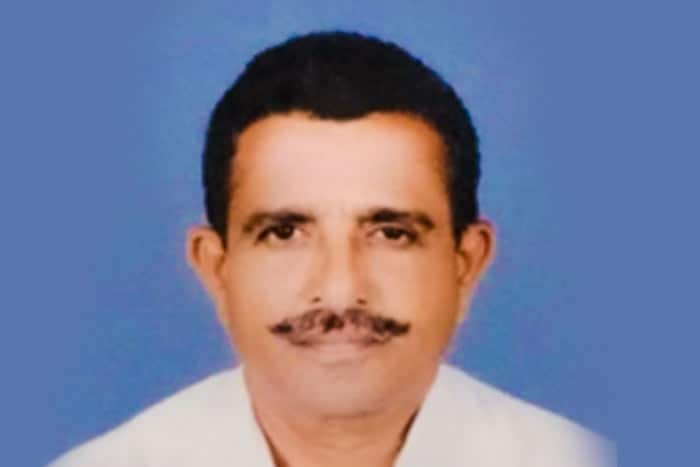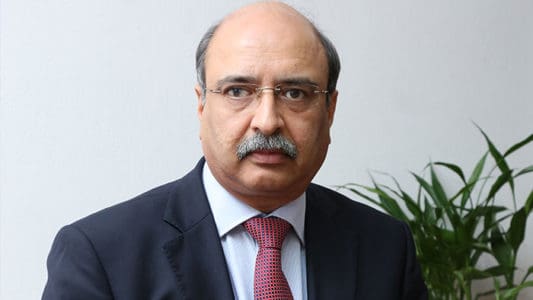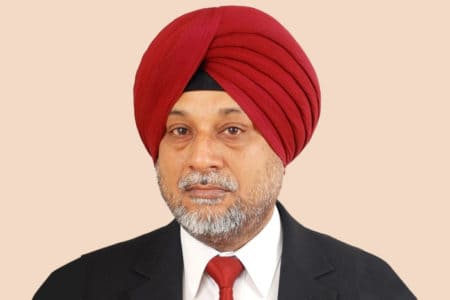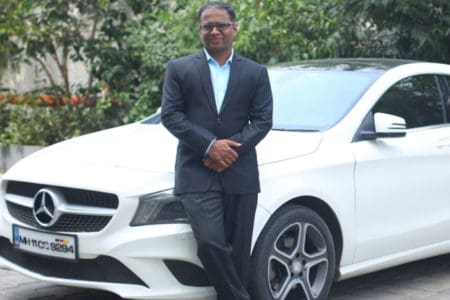A chat with P. Nallathambi – President of COSIEMA
- By Mithran Sri Ram
The problems seem never-ending for small and medium enterprises (SMEs) in India post the second wave of COVID-19. We know that SMEs suffered during COVID-19, mainly in the financial year 2020-21. The severity is, however, telling while the difference between the winners and those left behind remains unexplained. The winners are the ones that showed resilience during the trauma of COVID-19. They are in a position now to capitalize on the next growth cycle characterized by a few critical positive attributes like being hungry for growth even in crisis, being prepared to develop management capabilities, embracing technology in transactions, relationships and interactions, retaining key employees, etc.
The focused ones that exercised these positive attributes fared better than the diversified ones. Those who lost showed derailment characteristics and did not demonstrate the earlier positive qualities. They showed tendencies to borrow more as their cash needs skyrocketed, trapping them in debt cycles, inability to sweat their investments for new products, and finally being unable to get leverage from their managers.
When we chatted with P. Nallathambi – President of Coimbatore Sidco Industrial Estate Manufacturer’s Welfare Association (COSIEMA), it proved that the above facts are actual. He commented on various challenges SMEs faced & the possible suggested ideas to move forward. Experts from his views:
Q1. What is the Main Role of COSIEMA?
“COSIEMA – started in 1978, is an association marching on its 49th year of service. We are a group of people finding out about multiple challenges faced by SMEs, supporting them appropriately, bringing them to the government’s notice, and finding viable solutions jointly.”

Q2. What are the primary challenges being faced by SMEs in Coimbatore?
The list might be many, but primarily, the GST implementation is a tough one to handle. It takes almost 90 days to receive the payments from the supplier, whereas we have to make the GST payment before the 20th of every month for the business done in the previous month. We suggest we submit the returns monthly and the GSTs paid every quarter; it will be convenient for SMEs.
Q3. Put some light on the effects of price hikes in this sector.
There is a sudden rise in the prices of raw materials. When we take any orders based on the current prices, but when the prices suddenly increase, we cannot execute the order with the quoted old rate. For example, Railways Tenders give supply orders annually, and we only have to supply them on time at that rate. If we were not able to supply, they would blacklist the supplier. To execute that order – practically, it is impossible to procure raw materials for the whole period. Here, we suggest having a “Price Monitoring Committee,” consisting of industrial associations and government officials representatives. They can be empowered to increase the prices once every six months. Here the most significant advantage is that we can take the order for six months & after that, it can be extended as per the prevailing rate factors at that time. There won’t be any threat to the industry if we implement this.
Q4. How has the increasing price of petrol affected SME businesses?
Like petrol, diesel, and gold, the steel rates are increasing, affecting small sectors to a greater extent. Big companies can afford to procure more quantities, whereas small players can’t. When we are bound to supply with the agreed tender price – SMEs suffer a lot.
Q5. What are your thoughts on business survival at this tricky hour?
Enhancing Sustainability and Survivability is a tricky thing. Any SME should go for a slow and steady pace, and only then can they sustain. Investing more in inventories and suffering later should be avoided. They have to follow specific survivability strategies. Here, zero compromises of quality are the primary strategy one should adhere to. This could also help them in overcoming Economic Sustainability.
We have to adapt ourselves according to technology upgrades in the market. In the earlier days, there was only a central lathe available. Then the CNC concept came, and everyone migrated to it. So, by implementing newer technologies, we can reduce production costs and also increase the quality of output. So, appointing knowledgeable right professionals will be the only solution for this.
Q6. How the new order of “Supply chain management practices” is shaping the businesses in the SME sector?
Sustainable Supply Chain Management Practices (SSCMP) – are another challenge for SMEs to overcome. For that, planning will be the only solution. When we undertake an order, there are two sides to look into. One, to procure raw materials without disruptions, and two, to supply the end product without delay. What I need tomorrow should be readily available to me today, and what I should have delivered today should be already ready with me the day before yesterday. If SMEs do this – the overall productivity will be high.
Q7. How can SMEs achieve better cost optimization?
For Cost Reduction, we should enquire about a couple of other suppliers giving quality raw materials on time, also at an affordable cost. This itself will help in cost reduction. In the process, we have to plan the cost reduction in the machine shop, supply chain, timings in the machine, usage of tools and using advanced technologies, and all of these will be helpful in cost reduction and increase production. Added valuable benefit will be utmost Customer Satisfaction.
Q8. What role is expected from the government in this hour of need?
Even though all other guiding factors for SMEs, government support will be a backbone. Government can provide Raw Materials for Godowns and Depots. They can purchase raw materials and also reopen closed godowns. Earlier, this was available with TANSI. The Tamilnadu government was running a Godown and giving raw materials. If they reopen that, it will also help in winning over many challenges.
Not only that, but the current limitations for SMEs also need to be addressed. We have suffered a lot due to Covid. Government asked us not to run the units – but we were giving salaries to the workers. Banks didn’t write off any interest – which all SMEs suffered a lot paying them. We are happy that the TN Government supports us with 6% interest, which is higher than Nationalized Banks. Tamilnadu Industrial Investment Corporation is giving loans @ 6% interest. It has to be continued. The applicable formalities, like documentation, etc., should be simplified.
The Electricity Charges levied now are exorbitant. The fixed charges are enormous. This is a big blow to the face of SMEs. While GSTs & Raw Materials are in the hands of the Central Government – electricity is in the hands of the State Governments. Reconsidering revising the charges on electricity will be a lifeline for all SMEs. Also, micro units operating in residential areas are facing a challenge. People now object to small units running in their neighborhoods. We request the government to provide Multi-storied Industry Hood, which will significantly help Micro Units.
Q9. What’s your view on the future of SMEs in India?
We could clearly realize that the shape of the pyramid of Indian SMEs is bound to change by 2024 as we expect a wave of consolidation sweeping 10-20% of the lagging SMEs to extinction in the next 3-5 years. While quiet closures are imminent and immediate, distress sale procedures and value extraction plans may take more time and effort than commensurate returns.













